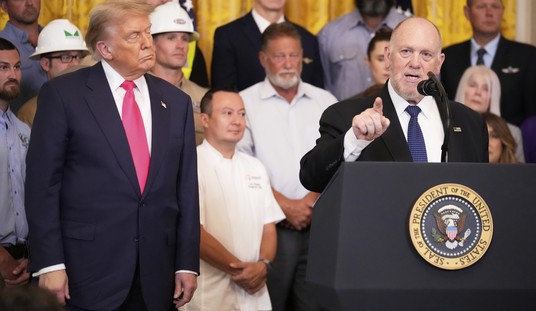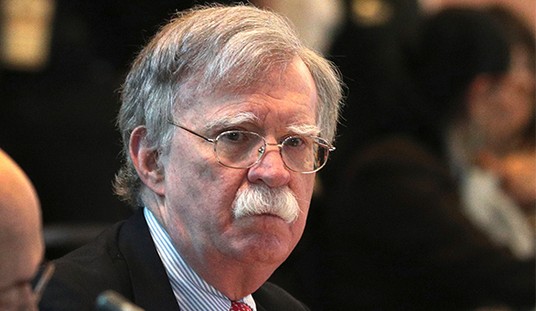The last primaries ended last night, and down to defeat in the Rhode Island Governor’s race went Providence Mayor Angel Tavares, the last chance for the Democrats to nominate a Hispanic candidate for one of the two big statewide offices (Senate and Governor) – while Republicans will be running two Hispanic Governors for re-election, Democrats will not have a single Hispanic candidate heading a statewide ticket. We can revisit my analysis from May of the demographic breakdown of the Democrats’ statewide candidates, now that we have final results. In the 71 races they are contesting, 66 of the 71 candidates the Democrats are running (93%) are white, 56 of the 71 (79%) are male, and 53 of 71 (75%) are white males. That could spell trouble for the Democrats’ hopes of turning out a voting base that is disproportionately non-white and female. For all the Democrats’ rhetoric about race, they are running fewer non-white candidates than the Republicans are, and fewer in races they are seriously contesting.
-
Race By The Numbers
As distasteful as this sort of racial bean-counting is, it’s impossible to discuss the Democrats’ current political coalition and their voter-turnout operations without race, and so it is worth considering how that is reflected in their candidates for major office. There are 35 Senate races this fall, including a couple of special elections, and 37 Governors races. Republicans are running candidates in all 72. Democrats failed to contest one Senate race (Jeff Sessions is running unopposed in Alabama), and in two other races, the Kansas Senate race and the Alaska Governor’s race, their candidate withdrew (or attempted to withdraw) so the party could back a candidate running nominally as an independent (in Alaska, the Democrats’ candidate is actually running as the “independent” candidate’s running mate). For demographic purposes, I simply counted these latter two races as the Democrats running a white male, since their original candidates were white males and so are the nominal independents.
The Democrats or Democrat-backed candidates in these 71 races break down as:
53 white male candidates
13 white female candidates
2 black male candidates
2 black female candidates
1 Asian male candidate
0 Hispanic candidates
0 South Asian candidates
(Matt Silverstein, who is running a sacrificial race for Senate against Jim Inhofe, is one-quarter Choctaw, but Silverstein would seriously stretch anyone’s definition of “non-white”).

In total, the Democrats are running five non-white candidates, which is fewer than the number of white guys named “Mark” they are running (Senators Udall, Begich, Pryor and Warner, Governor Dayton, and gubernatorial candidate Schauer, all in marquee races). But it gets worse. While non-white candidates lost to white candidates in contested primaries for winnable races like Rhode Island Governor and Hawaii Senate (in the latter case, Colleen Hanabusa, who would have been the lone Asian woman nominated by the Democrats, had to contend with President Obama supporting her primary opponent, Brian Schatz), only three of the five non-white nominees are real candidates – Cory Booker running for re-election, David Ige running for Hawaii Governor after toppling incumbent Neil Abercrombie in a primary, and Maryland Lieutenant Governor Anthony Brown running for Governor (despite his disastrous involvement in the state’s healthcare exchange fiasco). The other two, the two black female candidates – Joyce Dickerson in the South Carolina special Senate election and Constance Johnson in the Oklahoma special Senate election – are purely sacrificial candidates in deep-red races the national party will completely ignore. And notably, Dickerson is running against Tim Scott, while one of the major GOP contenders in Johnson’s race had been T.W. Shannon, the black/Native American Speaker of the Oklahoma House (Shannon lost his primary to Congressman James Lankford).
The GOP’s 72 candidates in the same races are not a notably diverse bunch, but there are a few more non-white candidates, more of whom are running real campaigns. Republicans are running:
58 white male candidates
6 white female candidates
1 black male candidate
1 Hispanic male candidate
1 Hispanic female candidate
2 Asian male candidates
1 South Asian male candidate
1 South Asian female candidate
The Republican slate is thus 89% white, 88% male, 81% white male, so the Democrats do have an edge in running more women, many of whom are in serious, high-profile races. But of the 7 non-white Republican candidates, four (the two Hispanic candidates, Nevada Governor Brian Sandoval and New Mexico Governor Susanna Martinez; South Carolina Governor Nikki Haley; and South Carolina Senator Tim Scott) are incumbents favored for re-election. Two of the other three, former Hawaii Lieutenant Governor Duke Aiona and Cranston, Rhode Island Mayor Allan Fung, are running uphill campaigns, but with RGA backing for open seats following bitterly contested Democratic primaries in blue states where Republicans re-elected a governor as recently as 2006 (in the teeth of that year’s Democratic wave). The other, Neel Kashkari in the California Governor’s race, has little chance against entrenched Democratic incumbent Jerry Brown, but the California Governor’s race, like those in New York and to some extent Texas, is a prestigious and widely-watched race even when it’s not close. None of these candidates is a mere token.
And of course, the overwhelmingly white ticket is a bigger problem for Democrats than for Republicans, because it is further out of whack with both their stated principles and their voters. As to the former, we’re used to hypocrisy – Democrats crusading for gender pay equity while the Obama White House and many Democratic Senators pay their female staffers less than their male staffers – but the contrast between their rhetoric and what they do when politicians’ careers are on the line is nonetheless revealing.
As to motivating non-white voters who turned out in large numbers in good part due to personal loyalty to the Obamas in 2012 (I covered this more in the prior article; suffice to say that every single discussion of polling and turnout in 2014 ends up looking at the likely racial makeup of the electorate), consider as an example the recent battleground states poll by the Tarrance Group, which found on the generic ballot question (see page 16 of the poll) that:
Republicans lead by 28 (59-31) among white men.
Republicans lead by 15 (51-36) among white women.
Republicans are even – even! – (44-44) among Hispanic men.
Democrats lead by 59 (72-13) among black men, a much weaker result than we usually see.
It’s hazardous to overstate the latter two results, as the subsamples in this particular poll are rather small, and it’s hard to make a meaningful polling average of one crosstab across multiple polls. But the key point is, Democrats are exceptionally dependent upon running up the score among the voter groups – mainly young African-American women and young Hispanic women – among whom they retain a large lead. An endless parade of white candidates may not be the best way to replicate Barack Obama’s appeal to those voters.













Join the conversation as a VIP Member